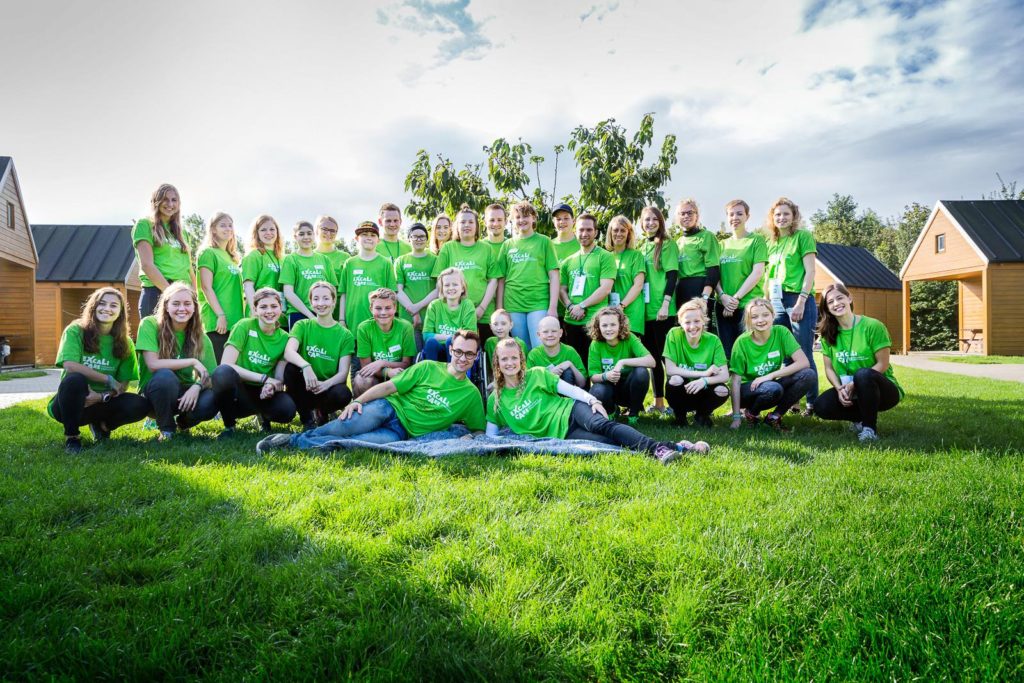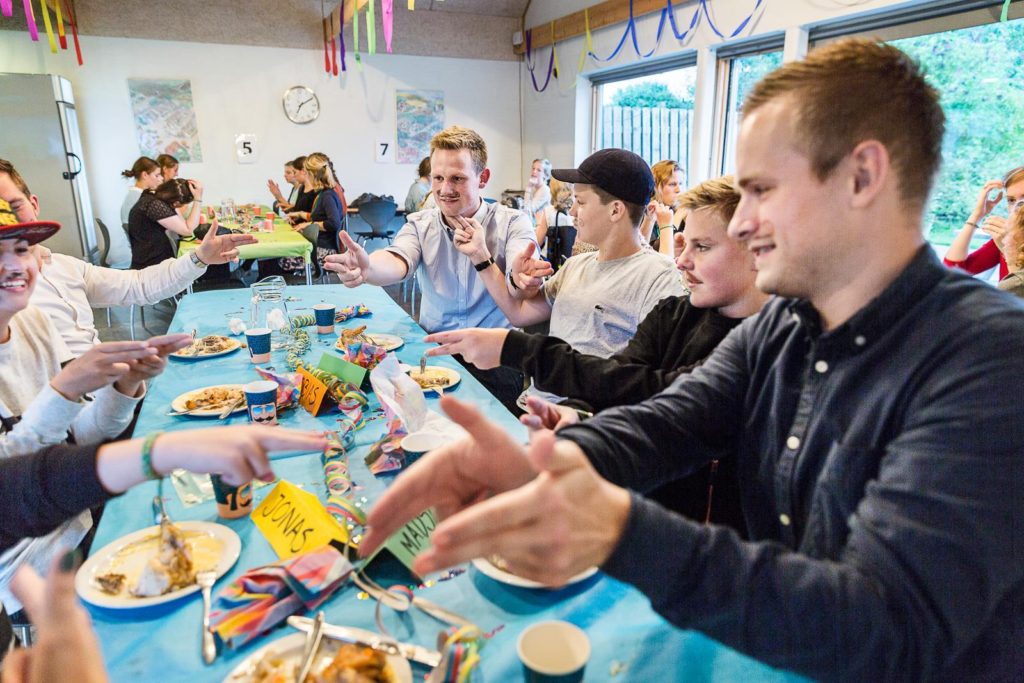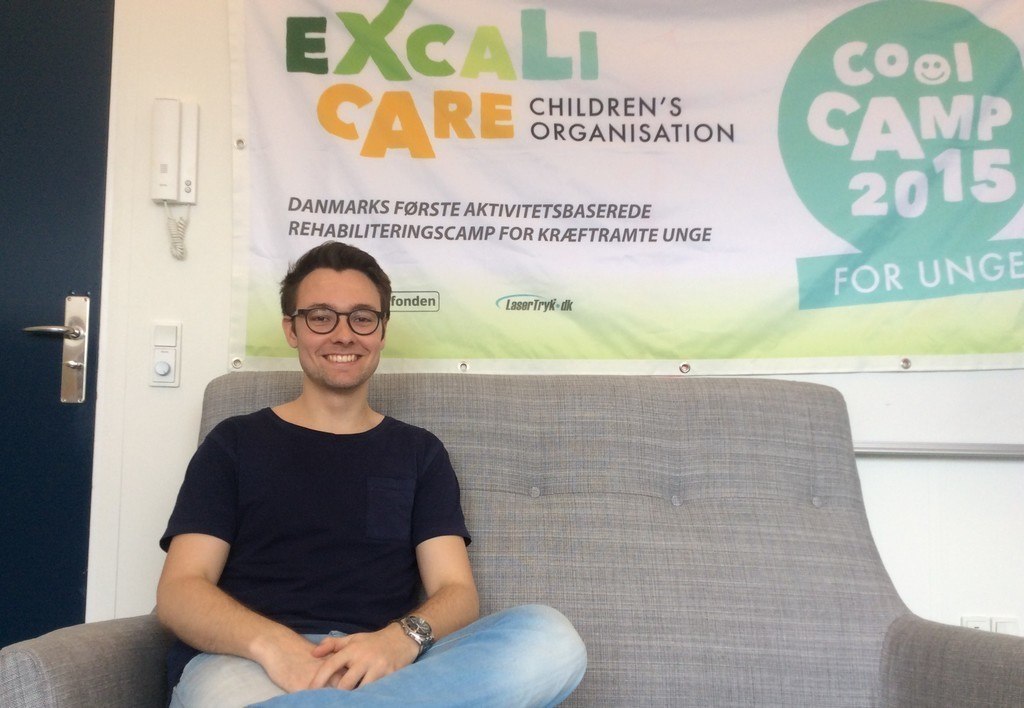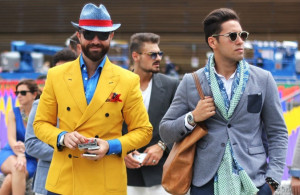We’ve reached April and this time, we’ve had the honor of interviewing Rasmus Thøger Christensen from ExcaliCare for this month’s edition of “Pitch of the Month”. Together with his co-founder Heidi Kristine Støve, Rasmus has created nothing short of a fantastic initiative; life-confirming rehabilitation camps for youths with cancer and their families.
In each Pitch of the Month, we challenge our guests to pitch their startup. Rasmus was no exception and he completed our little task with flying colors. With the 2 minute NABC pitch he created with the Pitcherific pitch tool, we can proudly unveil ExcaliCare’s pitch. Enjoy!
ExcaliCare’s Pitch
“Imagine being a teenager again. Life’s just started. One day, you go to your doctor because you’ve felt a lump. You think it’s probably nothing, but the doctor says: YOU have cancer… About 10 years ago, that was me…
Every year, approximately 200 children get cancer. Research shows that children and youths with cancer have an increased risk for psychological and social consequences because of their cancer. Due to harsh treatment for up to 2½ years, as a child living with cancer, you get isolated from your friends, your school, and your everyday free time activities. That takes its toll and it’s not without problems to return back to the social community. The ability to be together with others, your confidence, your feeling of self-worth and your independence is hit hard.
ExcaliCare has established the concept Cool Camp based on well-tested principles within the model of Therapeutic Recreation. It’s a unique model in a Danish context. Through physical, creative, social and personal challenges, the goal is to increase the self-worth, confidence and independence of the youths while at the same time giving the tools to manage and reduce stress, now and in the future. That happens by starting out with the resources of the individual.
Our goal is to give all children with cancer and their families the opportunity for one or multiple camps stays as an integrated part of their treatment of child cancer. Through this, we hope that our camp will ease the transition from being ill to being healthy again. ExcaliCare’s mantra is that the children should see their course of the disease as a strength.
By supporting ExcaliCare and Cool Camp, you support a specific initiative where the output is clear – also to your CSR-strategy. The pilot project Cool Camp 2015 showed substantial improvements in the confidence, self-worth and independence, which similar initiatives have not.
Many initiatives for families with children who has cancer do exist, but they all focus on short here and now experiences instead of giving the cancer-afflicted the tools necessary for getting back to life after cancer. Cool Camp provides these tools and is unique in its theoretical approach towards the rehabilitation of children and youths with cancer and their families.
“Why is it so hard to for others to understand how hard it is for me to go to school and live an ordinary life? I hope you can help me.”
Last week, that’s how a question sounded from a youth who’ve had cancer. So, do you want to help ExcaliCare give this young person and other cancer-afflicted children and their families the tools for achieving a great life after cancer? Then give us a donation and learn more at ExcaliCare.dk.”
The Story Behind ExcaliCare

It all started with Rasmus going through his own bout with cancer as a teenager. Around 13-14 years old at the time, he was sick for approximately a year.
“I remember that I was bald at my confirmation. I was considering whether I should put on a cap or not, but everyone else said I shouldn’t since that’s just how I looked. That was a good point and a great support.”
Near the end of his treatment, Rasmus was in a camp in Ireland that would eventually have a lasting effect on his approach to life and on everything he works with today as the co-founder of ExcaliCare.
“When I look back on it today, those were the 10 most awesome days ever.”
After his stay in Ireland, Rasmus has later worked as a volunteer in Ireland 10 times. And it was in relation to these trips as a volunteer and his own experiences that he chose to participate in a series of entrepreneurship courses in 2010, at Studentervæksthus Aarhus.
To our readers who don’t know what Studentervæksthus Aarhus (or SVAA) is, we’ll do a quick explanation. SVAA is an initiative by the University of Aarhus that gives students with startup dreams an opportunity to work and develop their idea in an active and social office space. The Pitcherific team also work from there and you can consider it a startup incubator environment for any kind of student startup. SVAA regularly facilitates entrepreneurship courses, which at the time Rasmus attended them, were called “Sandbox”.
During the Sandbox course, Rasmus thought that it could be interesting to start similar camps as those in Ireland for children with cancer in Denmark since there is a lack of theory-based initiatives both within Denmark and in Scandinavia. The dream had to wait a bit, though since he was juggling both with being completely alone with the idea and at the same time had to complete his Bachelor’s Degree in Medicine. A juggle that was quite a toughie, understandably.
Despite an offer for a spot in SVAA, Rasmus decided to put the idea in the drawer momentarily until his co-founder Heidi Kristine Støve – who, like Rasmus, also studies medicine and prior to ExcaliCare had also worked as a volunteer at the camp in Ireland for 5 years – motivated Rasmus to bring the idea back into reality.
“One day, Heidi asked if there wasn’t something I wanted to start. Well, yeah, there was, I said. So, why not just get started? Then I thought that since now we’re two, let’s get this thing moving. We really didn’t have many considerations about it, it was just: Let’s do it.”
Soon after, Heidi and Rasmus sent in an application to the Danish Børnecancerfonden (Fund for Children’s Cancer) and received enough funding to get started with their pilot project “Cool Camp 2015”. And on the foundation of that successful pilot project, Børnecancerfonden has afterward supported the project with additional funds, allowing the project to continue and expand.
The Medical Background as Counterweight
As mentioned, Heidi and Rasmus are both medical students and their professional background also plays an integral role in ExcaliCare’s Cool Camps. Heidi has done research within the field of children’s cancer and as part of his research year, Rasmus focuses specifically on how siblings to cancer patients manage in school. This ties together neatly with ExcaliCare’s special focus on the entire family and not just on the sick child alone.
When a child is affected by cancer or other serious diseases, then it’s the entire family that gets hit. Parents and siblings included.”
For the same reasons, in 2016, ExcaliCare puts special attention towards youths with cancer, but this time expands with another camp for siblings. These camps will be placed after the reunion-camp held in Easter, where the cancer-affected youths from the 2015 camp had the opportunity to meet each other again.
Grand visions about own camp area and expansions
With one successful camp already in the scrapbook, and with the upcoming 2016 camps, it’s not strange that Heidi and Rasmus are already thinking about the grand vision for ExcaliCare’s future. One of their goals is that ExcaliCare can establish their very own camp area and two student groups from Architecture and Design at the University of Aalborg has already begun their Master Thesis with that goal as their centerfold.
One of the groups even participated in ExcaliCare’s reunion-camp in Easter to experience what kind of life that unfolds for the participants in order to best design their solutions. The whole idea is then to take those solutions to potential investors, allowing them to get a better picture of the potential behind a dedicated camp area.
In conjunction with their first goal is their second goal of expanding their camps to also including other chronic diseases affecting children, such as children with heart diseases or diabetics, who also are challenged with striking balance between being young and managing their treatment at the same time – not only in Denmark, but in the entire Nordic region as well.
“Eventually expanding to the entire Nordic region would be amazing, so it’s not just Danish children and their families who can get a camp stay. We have many values and culture in common, along with some similarities language-wise that we can benefit from.”
Rasmus’ tips on pitching for researchers and medical students
It’s not just in the world of entrepreneurs that you have to pitch. When doing a research project you often have to get out and present your findings. Especially at conferences with so-called “poster sessions” you only have a limited amount of time (3-4 minutes) to pitch your research. And if you manage to do a good job, there are even prizes to get for best presentation.
Because of this, you really have to be conscious about how much time you spend talking. Take presenting to your colleagues at a morning conference as an example. The program is quite often tightly cut and the last thing you want is the chief physicians you pitch to look at their watches and think: “So… should get back to work?”
Keep it simple, stupid and remember your audience
Both at morning conferences and when presenting research projects, you have to understand that your audience can consist of both medical students, medical specialists, chief physicians etc. Everyone will gain something if you keep your presentation simple and understandable.
You need to explain something specific, of course, but watch out for going too deep. A detailed explanation can quickly become too complicated for most to understand. It can easily get too nerdy unless your entire audience consists of specialists within that exact field.
And that’s the art. That a geeky researcher can make their science approachable by other researchers, who don’t know the exact topic, and also makes it comprehensible for everyone else in the general public. That’s one of the greatest challenges for the everyday knowledge worker. And that’s where Pitcherific can be a good tool to use.
Challenge the traditional structure
Rasmus described that he looks forward to seeing the traditional structure of doctor presentations to be challenged.
“I think, I’ve only heard one or two presentations that had an actual hook in the beginning and a good close that makes sense. And to this day, those are actually the ones that I remember better than the rest.”
Most start out too generally and are too similar to everyone else, which results in the presentation lacking something that makes it relevant and interesting to listen to. You could instead try a different beginning like: “Imagine that you had a child with this or that disease, now we can help him or her because now we have this or that method. Or imagine if we could do this and that’s why we need to research it this way.”
As a medical student, and maybe as a doctor too, you often do it the traditional way since you’re afraid of sticking out too much and because everyone else just does it this way.
But try to bend the frames a bit, so your research will be remembered better by your audience. By adding an exciting and relevant introduction that captures the attention of your listener along with a good sum-up, makes your presentation easier to remember.
And if you’ve got a hook in your audience then there’s suddenly a great opportunity for interested medical students or graduated doctors to approach you and your project in order to become a part of it.
In other words, the right pitch can also work as an easily accessible and cheap recruitment tool.
Remember your body language and ping-pong
Be cautious about moving too little when presenting and instead make an effort to move around more. If you have a buddy, like Rasmus has Heidi, then take advantage of that unique possibility of creating some ping-pong between each other during the presentation.
That will signal that you’re in this together and can create a stronger dynamic on stage, which is more interesting to your audience.
“When Heidi and I present, we have a ping-pong or interplay going between us. I’ll take one part and she takes another. We also have specific times where we look at each other to create the emotion of us being a part of this project together. We also move around. That gives a convincing dynamic that boosts the impression of a well-knit team. When you “buy” an idea it’s really not just the idea, but definitely also the team behind it, because you believe them.”
The use of this interplay between Heidi and Rasmus has also had a positive effect, Rasmus recalled, as a fellow entrepreneur recently told them that he could still remember their pitch because they worked so well together.
Practice makes perfect
When Rasmus and Heidi had to present at Børnecancerfonden’s 20-year anniversary after ExcaliCare officially received their funding for the second season of their Cool Camps they used Pitcherific to prepare.
“When we spoke at Børnecancerfonden’s 20-year anniversary I actually used Pitcherific for rehearsing my pitch. It took a lot of takes, and I was probably around 20 takes before it started to really stick.”
Since you want to make a good impression, it’s important that to know your presentation from the inside out in order to appear professional. And as Rasmus and Heidi experienced after their presentation, practice makes perfect. Many told them afterward that they did a great job on stage.
Sell the personal story and have the courage to use yourself
If you have a personal story then use it in your presentation. It can make you story much more interesting and engaging if you do it in a natural and well-balanced way.
“If I hadn’t been sick myself then I would probably never have started with the project because I wouldn’t have had these personal experiences that clearly have been the driving force. And when you pitch you need to dare to make use of that personal story. But it’s also about doing it the right way. You have to find the natural angle since there’s a paper-thin balance between using yourself and your experiences in a sober and over-dramatizing.”

That’s all for this edition of “Pitch of the Month”. A big thanks go to Rasmus for sharing both ExcaliCare’s pitch and story and his personal experiences.
You can read much more about ExcaliCare at their website http://www.excalicare.dk/ and if you know any entrepreneurs who you’d think would want to share their pitch like Rasmus, please write us at contact@pitcherific.com.
Thanks for reading!


